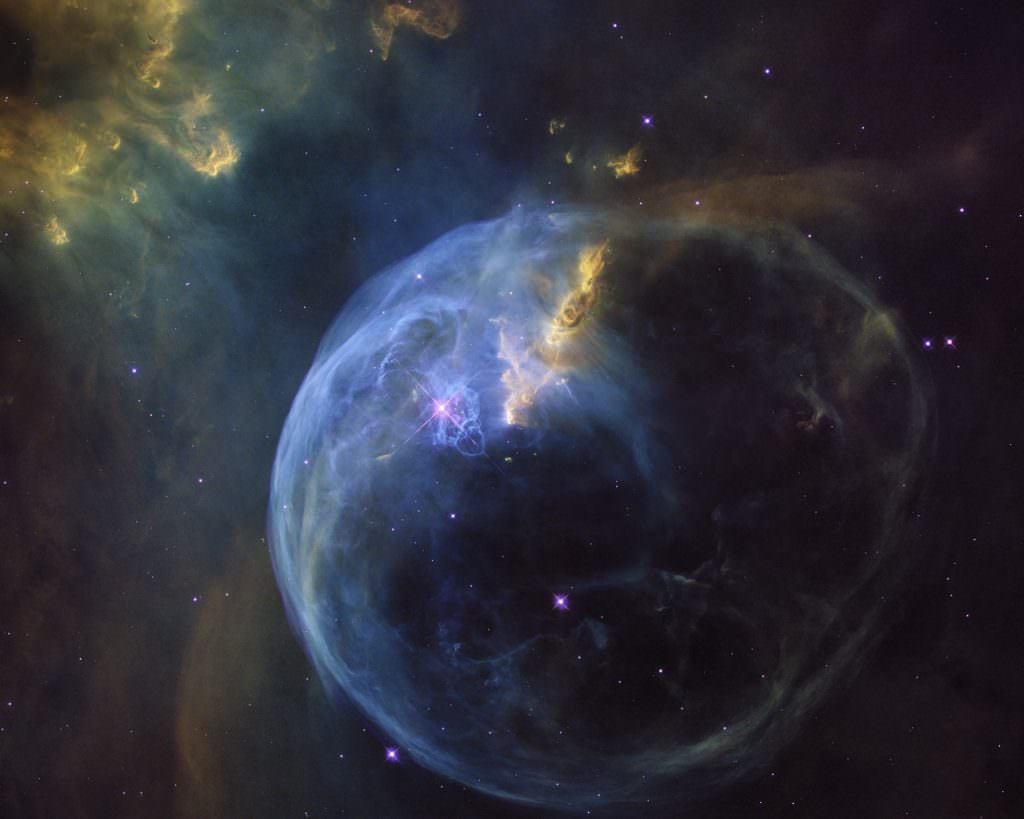
“All is flux,” the Greek philosopher Heraclitus said 2500 years ago. “Nothing stays still.” He offered us a perfect description of transmutation, one of the great powers that cosmologist Brian Swimme ascribes to the universe.
Since the first flaring forth 13.7 billion years ago, not one iota of the universe has been still or remained the same. The first particles became atoms; the atoms coalesced into galaxies of stars. The stars burned elements into existence. When those early stars exploded, the elements flew out and gathered into masses that became planets, mountains, rivers, trees, animals, birds, us.
On our own planet, great plates move, meet, push up mountains, pleat valleys into existence. Ever-moving rivers wear canyons into stone. Winds blow, clouds form and dissipate, rain falls. Plants grow. Animals roam and help create the changing landscapes.
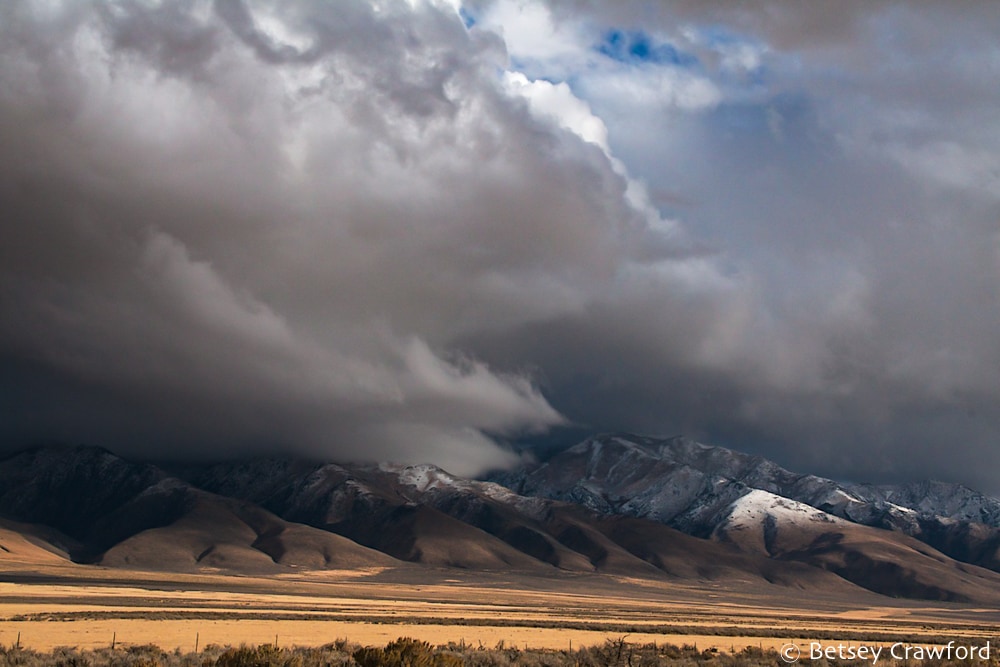
Stillness is always an illusion since even the longest-lasting phenomenon is on a planet whirling around its axis. Racing along an orbit around the sun at 68,000 miles per hour.
The solar system is flinging itself toward the Hercules constellation at 720 miles a minute. Our entire galaxy is swirling toward Andromeda at two million miles a day. The universe is still expanding from the force of its birth.
Despite all this drama, transmutation takes its time. From the first unicellular life on our planet to a being able to contemplate it all took 3.5 billion years.
The slow, steady evolution of the many life forms on Earth is a perfect example of the power of transmutation. Darwin called his first draft “The Transmutation of Species.”

Going from simple to nucleated cells took the first two billion of those years. Cells joined to create increasingly complex and diverging forms, continually adapting to changing circumstances.
Beaks adjusted to crack newly evolved seeds. Spines adapted to walking through grasslands after eons in trees. Flowers and pollinators working out their cooperative ventures.
Because of other powers, like cataclysm and transformation, the ride has not been smooth. There have been five major extinctions. Despite those, transmutation has kept on, adapting each new and surviving species to the evolving world around them. Some adaptations take 100 generations; others happen swiftly.
Most importantly, they happen all the time. Rosemary and Peter Grant’s Galapagos Finch Unit followed finches through several years of intense drought. Seasons of flooding followed. The surviving finches exhibited adaptive changes quickly. Plants can develop resistance to biocides within a couple of growing seasons. Some bacteria evolve to survive antibiotics almost immediately.
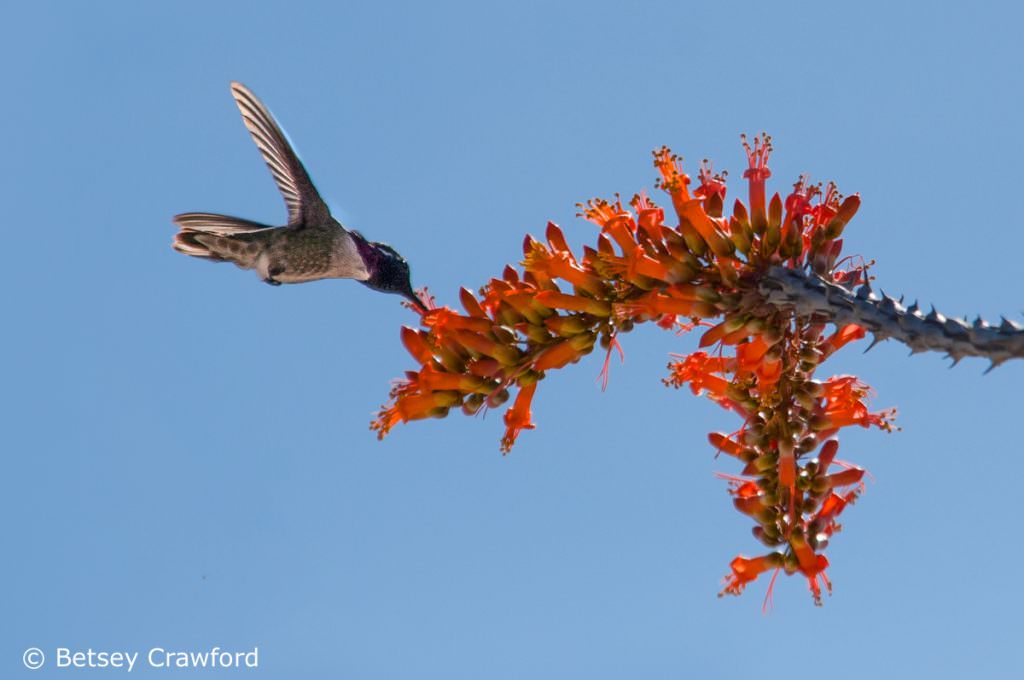
This brings us to Brian’s take on transmutation. It is a process not only of change but also of responding to constraints. “We look at how life moves from one form to another,” he says. “We notice that it uses judgment, constraint, even rejection. These are powerful processes that enable transmutation to take place.”
He uses the continental plates as an example. When they meet one another, their engagement constrains each of them. “The resistance, the opposition, is what brings forth the mountain ranges.”
Flowers are constrained by the imprudence of pollinating themselves, which weakens their offspring. So they have, like the ocotillo above, developed characteristics — red, tubular flowers — to work with specific pollinators. Hummingbirds, whose long beaks are perfect for reaching deep into such petals, have evolved to see red preferentially.
Desert plants have been constrained by dryness to evolve leaves into thorns. These hold a layer of protective air against the skin of the stem. Constraint, then, becomes a launching platform for creative, evolutionary solutions. A way that Nature exercises judgment, “that leads to excellence of form, or we might say beauty.”

It also leads to intimacy: the hummingbird and the ocotillo are intimates. The Galapagos finches with beaks to match their preferred seeds have an intimate relationship with the plants that produce those seeds.
The cactus finches eat cactus flowers, pollen, and seeds. They drink cactus nectar. They mate, nest and sleep in cacti. In return, they pollinate it. They are deeply and inextricably linked. One day, changes may create constraints that break those bonds. Then further evolution will happen.
This is the profound creative process that forms ecosystems, entire biomes with endless interdependent living threads. We emerged from this process; we live in it; and we are threatening it.
We have set up many constraints: laws, customs, traditions, religions. But these all address human interpersonal behavior, taking “for granted that the fundamental focus is the human.” We have acknowledged few constraints on our relationship to the planet we depend on. All of nature is suffering from our lack of judgment about and intimacy with our home.

Only in the last fifty years have we begun to protect air, water, animals. Even so, these laws are under constant attack. This in itself is transmutation. Changes start and stop. Nature experiments, changes her mind, starts again. Constraints arise and must be worked with.
Resistance is part of our process of cultural evolution. Despite all the incessant flux we live among, we are reluctant to change. The great stress of this moment is that we feel we have too little time. We feel pressure to make major changes in the way we think and act before irreparable damage is done.
But that stress itself will spur the change in consciousness that we need. Just as the urgency of an oxygen-toxic atmosphere spurred the evolution of mitochondria that could use the oxygen to fuel life. That burst of available energy led to the great Cambrian explosion of living forms 541 million years ago.
This vast, ever-adapting diversity assures us we live on a planet dedicated to life. Transmutation aims for success, for better adaptations, for prospering ecosystems. That’s its whole point. This doesn’t mean it’s an orderly process, or that all life survives. Far from it. The ones that can’t adapt to new conditions don’t make it. That’s our fear.
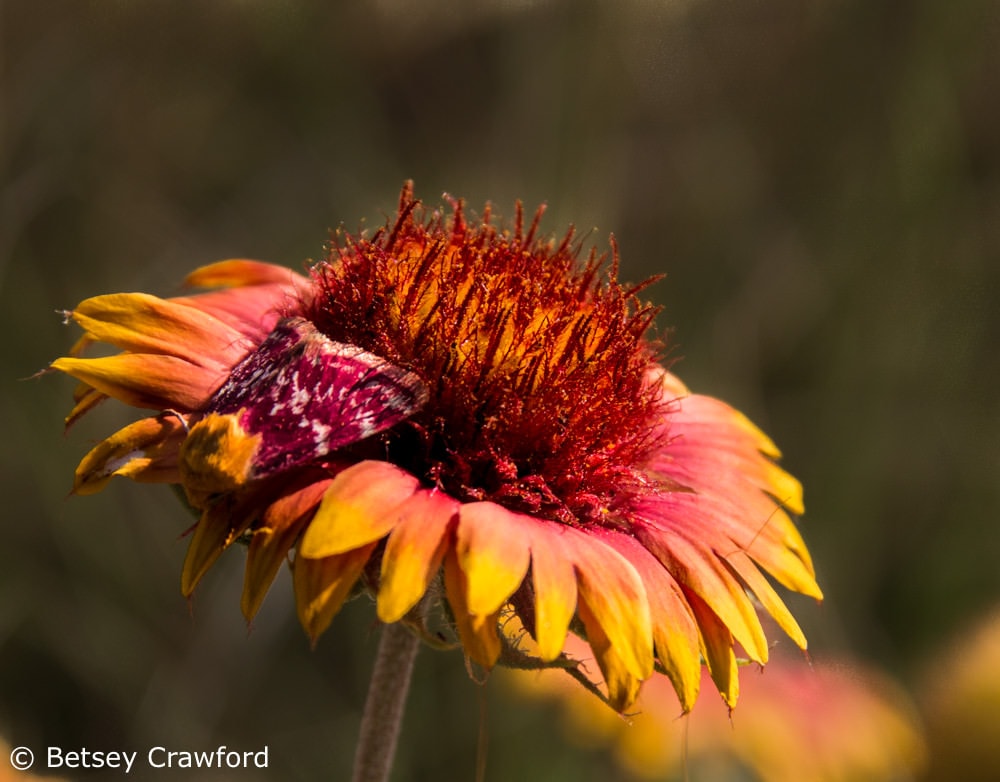
As a culture, we are facing constraints we haven’t faced before. They’ve always been there. But for the last 10,000 years we’ve had an accelerating, expansionist vision of human society. More land, more power, more things. Consumerism is the present toxic crisis.
We’re operating out of a tragically limited view of ourselves as human beings. “Why is the planet withering?” Brian asks. “Primarily because humans have accepted a context that is much too small.”
These powers work through us. We are saturated with them. Every molecule, every cell, every organ of our body has come to this point through the patient genius of transmutation.
We are our present as well as our lineage. Each of us contains every change that has taken place to allow us to arrive at this moment. And we face further changes, as well as the need to make them swiftly.

“We’re asked to move to a larger context, a planetary level.” No one on earth wants a withering planet, but such a shift will require what look like sacrifices in our limited context. “What aspects of ourselves are we asked to relinquish” to reach this more expansive vision? A vision that sees our legacy flowing into all generations to come.
From here we enter the heart of the power of transmutation itself. We become this force as we choose how to change what we value. How we act on our values to bring these great powers to bear on our moment. When we step into the larger consciousness of the universe, we are co-creating the evolution of those who will come long after us.
“We are attempting to become beings that enable the whole to flourish. Guided by the moments of beauty in the past, and the visions of beauty in the future.” This is the Great Work, in Thomas Berry’s words. We become not only forces for the universe, but enter our reality as the universe itself.
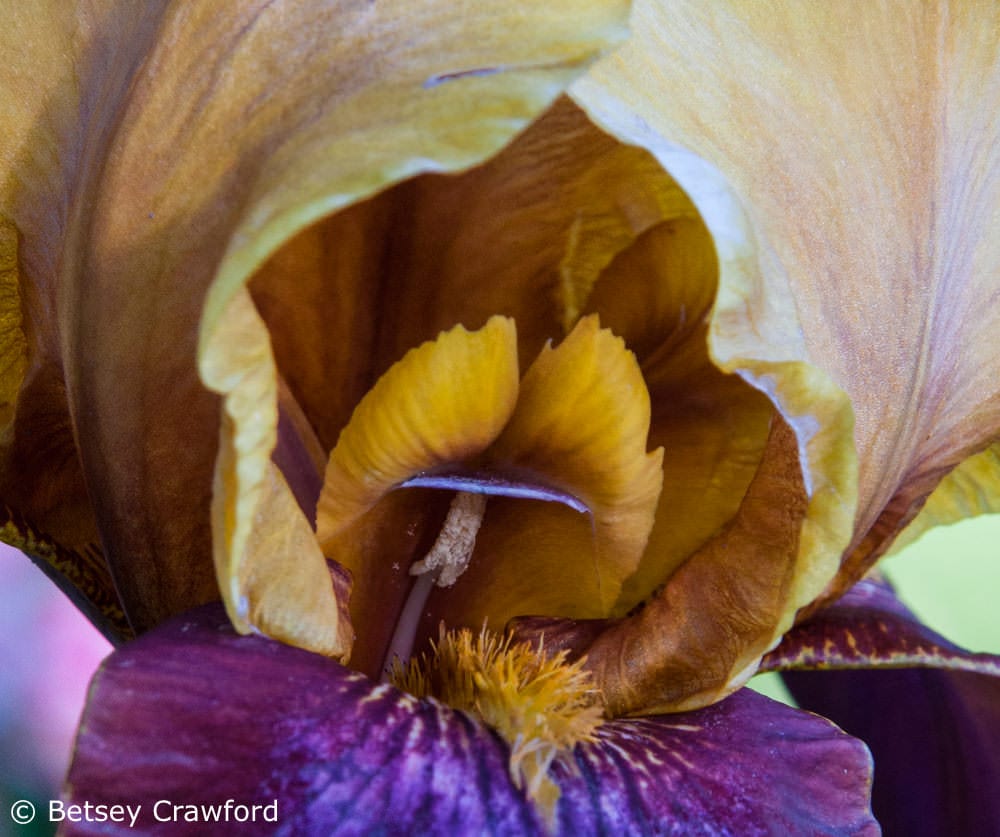
I love the top image because it looks like earth coalescing. It’s the Bubble Nebula, an emission nebula located 8,000 light-years away, captured by the Hubble telescope. Thanks to ESA/Hubble, via Creative Commons.
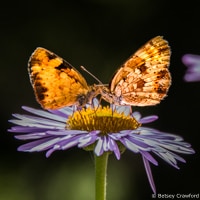
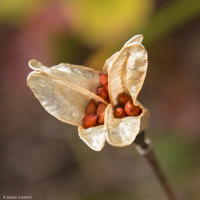
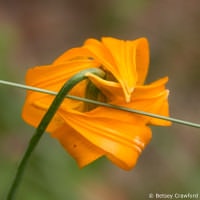
and the doughnut
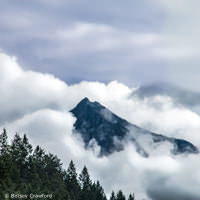
xoxoxoxoxo!!! Tweeted & Pinned.
Thank you! Makes me feel very up-to-date.
Each time a Betsey blog arrives in my inbox, I wait until the day and hour and moment are just right to bundle in a blanket with a cup a tea (unless, of course, it’s summertime when I’ll go into my garden) to enjoy the newest photos and insights and wisdom. I love your blogs and learn so much. Thank you for sharing, Betsey!
I love the picture you paint, Sue. Thanks so much for your wonderful enthusiasm.
Breathtaking, as always, Bets.
Thank you! That makes me feel wonderful.
I’m very much appreciating your thoughts about this evolutionary stage we’re in, Betsey. This blog, in particular, is full of rational hope, not ungrounded, wishful thinking but a sense of participation in the forces of nature that are unbelievably intelligent and resilient. It seems to me that most of the hidden resources on the planet are within us. As human beings, we have yet to discover the full range of intimacy, beauty, resilience, and creative imagination that beckons us as earth-creatures living in harmony with the earth in the inspired ways you’ve outlined here with plants and animals. I appreciate your focus on the productive possibilities of constraint. I will share this blog with my contacts, as a point of inspiration in times when such ideas are most needed! Thank you.
Thank you so much for this beautiful response, Andrea. I love this: “It seems to me that most of the hidden resources on the planet are within us. As human beings, we have yet to discover the full range of intimacy, beauty, resilience, and creative imagination that beckons us as earth-creatures…” I so agree with you. This is our path of evolution. Love to you.